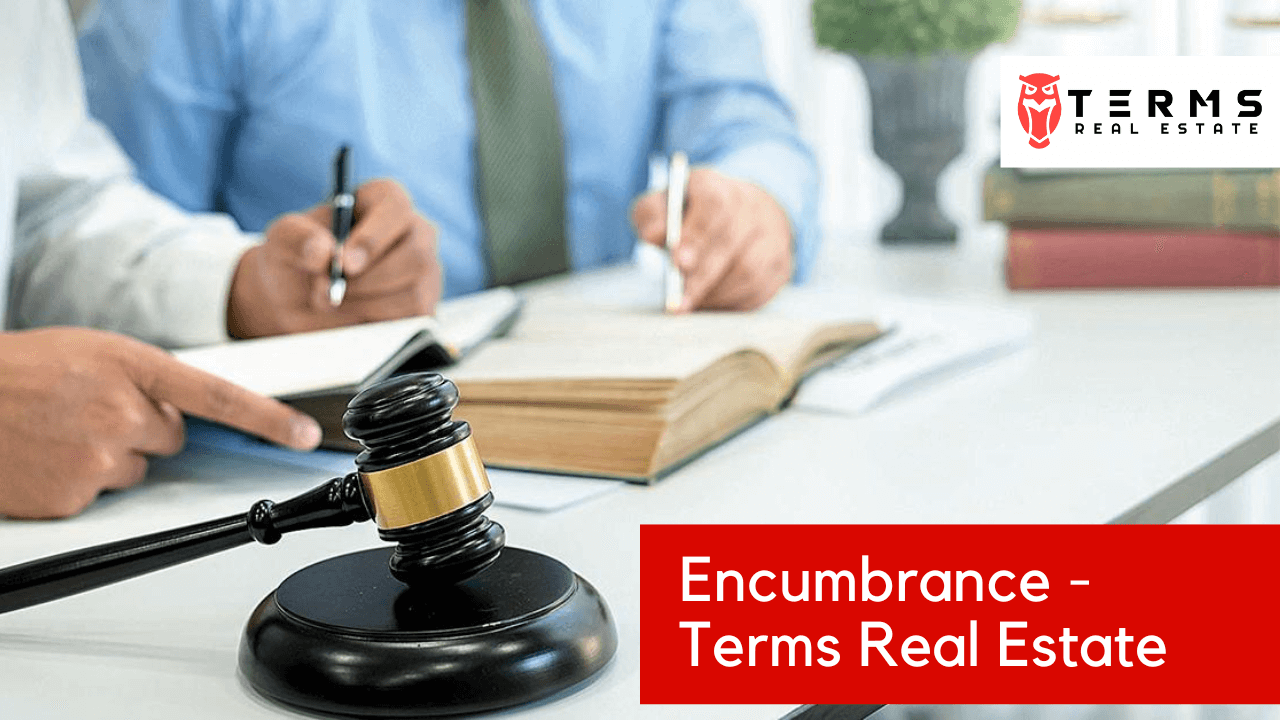An encumbrance, concerning the real estate sector, means anything legal that taxes or restricts the use or transfer of property. Property free of any burden is rare. An encumbrance can be a mortgage (loan), a guarantee (voluntary or involuntary), an easement, or restriction that limits the security transfer. An encumbrance may involve money, but not always.
What is an Encumbrance?
An encumbrance is known as a restriction on the use of funds. It is used in public accounting to ensure that there are sufficient funds to meet specific obligations. Governments use fees to avoid excessive spending on their finances. An encumbrance certificate is also used in the real estate industry when there is a claim against a property. For example, it is used when there is a tax guarantee on the property, making it difficult to transfer to the owner. The encumbrance restricts policies that the property must comply with, such as zoning laws or certain types of land construction.
What is an Encumbrance Certificate (EC)?
An encumbrance certificate (EC) is used primarily in the real estate industry and also confirms that a property is not subject to any monetary or legal obligations, such as a standard loan or other liabilities. The EC is an essential document for the owner as it is proof of legal ownership of the property and also allows him to obtain loans from banks against the property.
The encumbrance certificate is guaranteed at the local registry office and usually contains all relevant transactions for a specific period. Also, the certificate provides only information about documents registered at the registrar’s office. Therefore, documents such as short-term lease agreements or testamentary documents will not be included in EC transactions, since the documents aren’t registered under the law.
How to Obtain an Encumbrance Certificate?
The owner can obtain the encumbrance certificate from the local registry office. The owner must provide relevant information about the property, such as proof of address and title details, and pay the fee for the certificate. The officer will examine the index of transactions owned by the property during a specific period.
The owner then receives an encumbrance certificate that lists all the details of the transactions during a given period. If there are no transaction details associated with the property, a nil encumbrance certificate will be provided.
Types of Real Estate Encumbrances
An encumbrance is a restriction of ownership; that is, the owner cannot transfer the title to another person. These are some of the most common hindrances that can be placed on a property:
1. Mortgage as an Encumbrance or Deed of Trust:
Many people mistakenly assume that an encumbrance relates only to a mortgage because that is the most common use. When a homebuyer finances the purchase of a home, this financial check usually consists of two documents: the promissory note, a payment obligation, and the mortgage or trust deed, which secures the note and is recorded. A mortgage is a little different from a deed, but both are a burden.
When a mortgage or deed is paid, the encumbrance is removed from the property in public records. A typical document for eliminating an encumbrance is called reconveyance deed, which reconveys the clear title back to the owner.
Problems occur when liability for a mortgage or trust has released through a bankruptcy hearing, but the loan is never formally discharged from the property. Not all bankruptcy lawyers practice real estate. Some are unaware that Chapter 7 bankruptcy, for example, does not release debt or that their clients do not wish to pay an additional fee to obtain a release of that encumbrance. Such supervision can cause a cloud in the title if the impediment is not released.
2. Voluntary Liens as an Encumbrance:
A voluntary lien is a document that the owner signs and generally voluntarily records against the property in public records. It could be a lien in exchange for money that changes hands, such as a second loan or an equity line of credit, or even a refinancing of existing secondary financing.
In some cases, such as a credit line, there may be no money exchange until the owner touches the credit line and borrows money. When interest rates are low, homeowners can apply for a credit line as a source of emergency funds. Even if the account is closed without being used, homeowners must still register a lien release.
3. Involuntary Liens as an Encumbrance:
Two quite common types of involuntary lien are a lis pendens and a mechanical lien. By involuntary, it means that the homeowner did not necessarily agree that such a claim could be filed against the property, but a guarantee nevertheless appeared. Lis Pendens is an elegant way to say pending lawsuits. Say, for example, that a seller has agreed to sell to a buyer, but the buyer, for whatever reason, was unable to close in time. The seller then unilaterally canceled the contract without the buyer’s consent.
To further complicate matters, let’s say the seller wanted to sell to another buyer for more money and refused to extend the existing buyer’s closing time. To prevent the seller from transferring the title to the new buyer, the current buyer can sue the seller and file a list of fines. Lis pendens would ban the sale until the lawsuit resolves.
A mechanic’s lien assessment is presented by a contractor or subcontractor for unpaid work or materials. All involuntary liens must be paid for a securities company to issue a securities policy without naming the liens as exceptions to title insurance. The involuntary encumbrances remain with the property until released. The buyer’s new lender will also require a clear title.
4. Easements as an Encumbrance:
Probably the most common type of easement is an easement for maintaining public services. An easement could also be granted for access (right of way) to a landlocked parcel of land without a road. Easements are encumbrance because they prohibit specific actions and affect property rights. For example, you cannot build a pool in a place reserved for a city sewer line. If you do, the city may dig up the pool without your permission.
Easements are indicated on the title insurance policy and usually appear on the consultant’s map.
Conclusion:
When you try to close a residential or commercial property, the last thing you want to hear is that there are obstacles against it. An encumbrance is a claim or liability against or limiting a property. Depending on the type, it can decrease the value of the property, affect its use, and even limit the seller’s ability to transfer the title.



